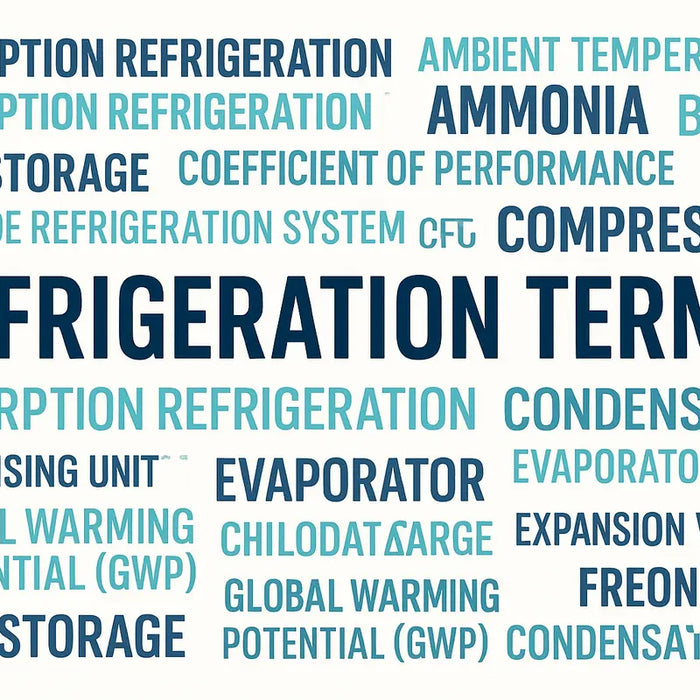Frequently Asked Questions (FAQs) about Gas Replacement Sensors & Cells
What are gas detector replacement sensors?
Gas detector replacement sensors are components designed to replace worn-out or expired sensors in gas detection systems. They ensure continued accuracy and reliability in detecting target gases.
How do I know when to replace a gas detector sensor?
Gas detector sensors should be replaced according to the manufacturer’s recommended lifespan or if the device shows reduced accuracy, delayed response times, or calibration issues.
Are replacement sensors compatible with all gas detectors?
No, replacement sensors are specific to the brand and model of your gas detector. Always check compatibility before purchasing a replacement sensor.
What types of gases can replacement sensors detect?
Replacement sensors are available for detecting a wide range of gases, including ammonia (NH3), carbon monoxide (CO), nitrogen dioxide (NO2), sulfur dioxide (SO2), and more, depending on the sensor type.
How often should gas detector sensors be replaced?
The replacement frequency depends on the sensor type and operating environment. Most sensors last 1 to 3 years, but consult the manufacturer’s guidelines for specific recommendations.
Are explosion-proof sensors necessary?
Explosion-proof sensors are essential in hazardous environments where flammable gases or vapors are present. These sensors are designed to prevent sparks or heat from causing ignition.

























